Here, as promised, a second batch of book recommendations from artists and browngrotta arts:
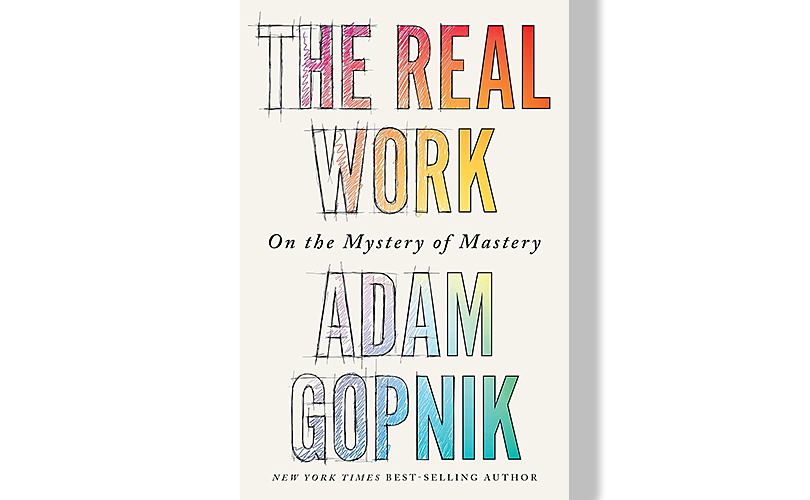
Wendy Wahl (US), writes that “Most mornings I find my spouse reading a book. It was clear that The Real Work: On the Mystery of Mastery by Adam Gopnik was speaking to his inner being as a furniture maker and writer. With each chapter he would share a quote or passage followed by, ‘I think you’re going to like this one.’ When he gave me the book it contained many dog-eared pages. I started with those, wondering what needed to be revisited. From start to finish Adam Gopnik reveals his trials, failures, and triumphs while trying to become proficient at something unfamiliar like drawing, magic, driving, baking, boxing, and overcoming fears. Through these short stories, he invites us to look at our own “mystery of mastery” that he suggests we all possess in some grand or compact form. His humor and skill at storytelling give us a glimpse into his approach as a novelist and critic.”
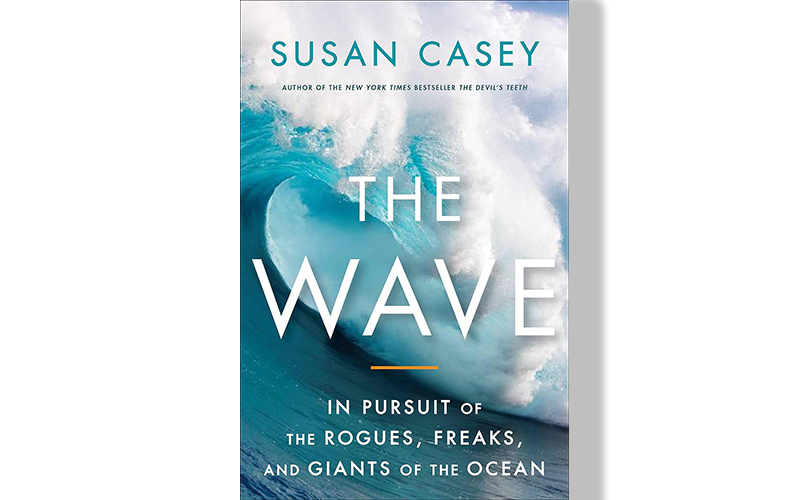
This year Wahl also herself immersed in Susan Casey’s The Wave: In Pursuit of the Rogues, Freaks, and Giants of the Ocean (Anchor, 2011). which documents enormous waves and the surfers who travel the globe in search of them. “Reading about this takes me to a place where I can imagine the incredibly heightened sensation of being while knowing it could be my last breath. I’m not called to the water in that way. However, Casey has also given us Voices in the Ocean: A Journey into the Wild and Haunting World of Dolphins (Anchor, 2016). She reveals the light and dark characteristics of these amazing cetaceans and the conditions created by human interaction. I read this during an expansive experience of swimming with dolphins in the wild on their terms and learning to think like one.”
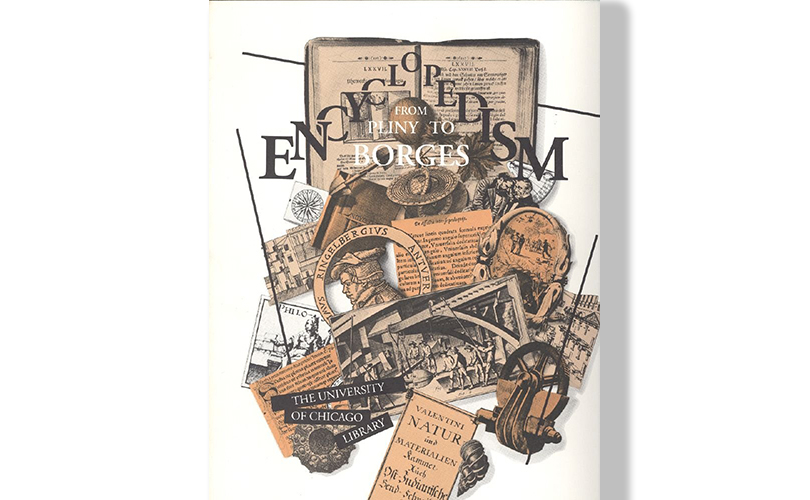
In exhibition catalog recommendations, Wahl had two. “There are two exhibitions that I was unable to attend but grateful that one had a catalog and the other a monograph. The first exhibition was Encyclopedism from Pliny to Borges at the University of Chicago Library (Encyclopedism from Pliny to Borges, University of Chicago Library, 1990). The exhibition included 77 volumes from the Library’s rare book collection highlighting the different forms of encyclopedias. I stumbled across this exhibition doing research as an artist who uses discarded encyclopedias in their work. Viewing it through the online and physical catalogs has given me another perspective on these books. The second was the exhibition Gego: Measuring Infinity at the Guggenheim, in New York this year (Gego: Measuring Infinity, Guggenheim Museum Publications). A dear friend sent me the monograph after a conversation we had about missed exhibitions. She said, ‘As someone who makes, makes, makes, you need to have this book. I was moderately familiar with Gego’s work and this publication presents the breadth of her talent as a sculptor, painter, and printmaker.'”
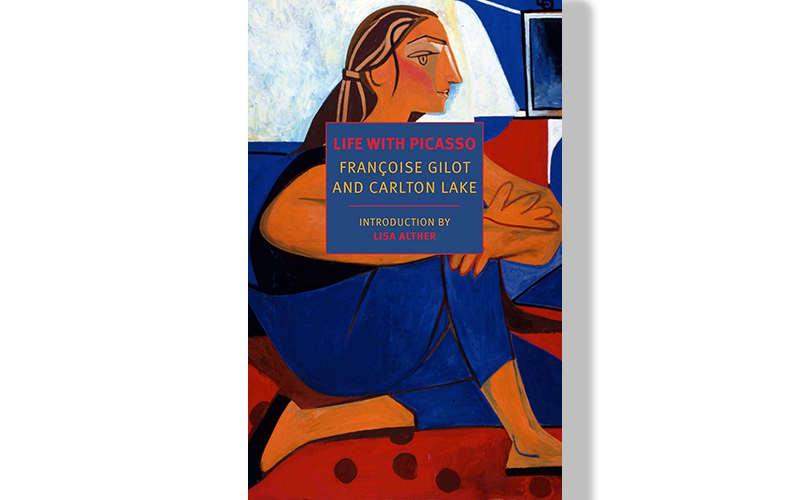
“Going back in time a bit,” writes Lizzie Farey (UK) “I am currently gripped by Life with Picasso by Francoise Gilot and Carlton Lake (Virago Press, Ltd, 1990). “This memoir,” the publisher writes, “is both a vivid portrait of a monstrously difficult man and a brilliant depiction of a great artist at work.” When Picasso met the young painter Francoise Gilot in a Parisian Cafe he was 62 and already acknowledged as the greatest artist of his century. During the next 10 years they were lovers, worked closely together and she became the mother of two of his children, Claude and Paloma. In an account filled with intimate revelations about the man, his work, his thoughts, his friends – Matisse, Braque, Gertrude Stein and Giacometti amongst others – Francoise Gilot paints a compelling portrait of her turbulent life with the temperamental genius that was Pablo Picasso.
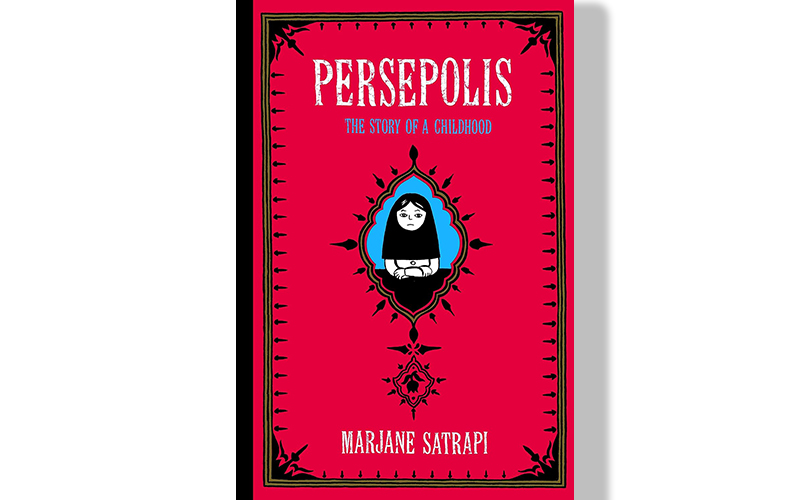
Carolina Yrarrázaval (CH) has been reading Persepolis: the story of a childhood (Pantheon Classics, 2004) by Marlane Satrapi. A “wonderful book,” she says of Satrapi’s depiction of her childhood in Tehran through it’s revolution

“I did an enjoyable deep dive into Andrew Doerr this year,” Blair Tate (US) writes, “I started with Four Seasons in Rome (Scribner, 2008), while visiting there, then Cloud Cuckoo Land (Scribner, 2022) (a previous year’s recommendation) and All the Light We Cannot See (Scribner, 2017). Tate also recommends: These Truths: A History of the United States by Jill Lepore (W.W. Norton & Co., 2019) and If on a Winter’s Night a Traveler by Italo Calvino (Vintage Paperback, 2023).

Fabric: The Hidden History of the Material World (Pegasus Books, 2022) by Victoria Finlay is highly recommended by Gizella Warburton (UK). “It is a moving and informative read.”
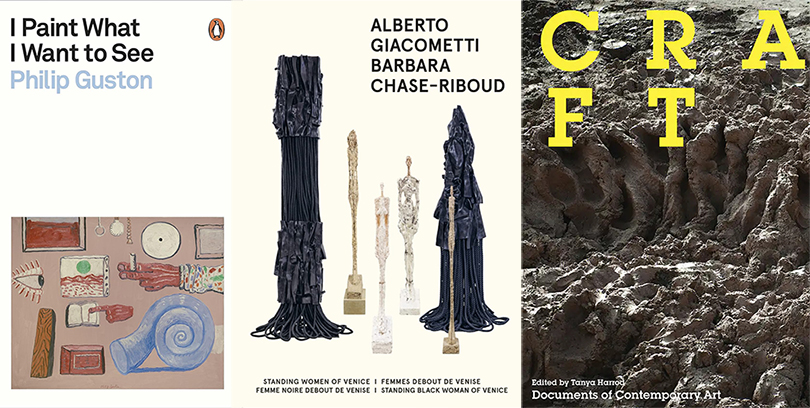
Stéphanie Jacques (BE) has three books on her list. First, I Paint What I Want to See, Philip Guston (Penguin Classics, 2022) “Thank God for yellow ochre, cadmium red medium, and permanent green light,” says the author. One of the most significant artists of the 20th century, he speaks about art with candor and commitment. Second on Jacques’ list is an exhibition catalog, Barbara Riboud/Aberto Giacometti: Standing Women (FAGE, 2021). Riboud is a sculptor, who, like Giacometti, has focused on the human body. In this catalog, she describes her work and Giacometti’s influence. Finally, Jacques recommends, Craft, edited by Tanya Harrod (MIT 2018), billed as “[a] secret history of craft told through lost and overlooked texts that illuminate our understanding of current art practice.”
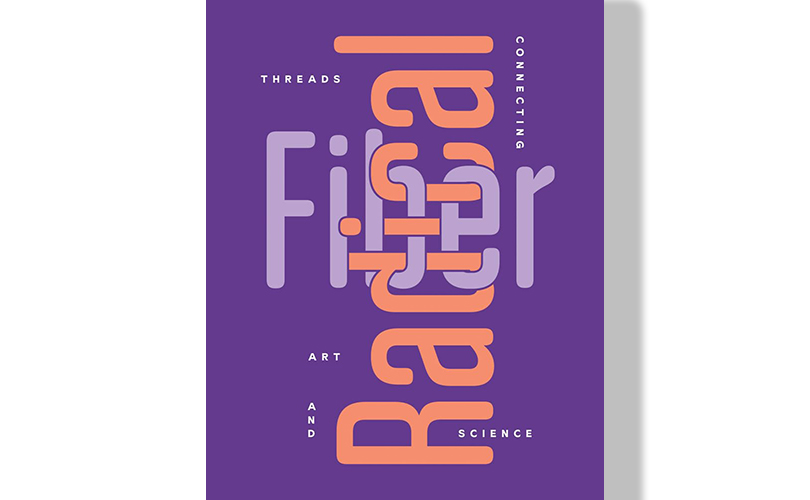
At browngrotta arts, we’re hoping to use some of the quieter days between Christmas and New Year’s to delve deeper into some of the compelling art books that we’ve picked up this year. Radical Fiber: Threads Connecting Art and Science, edited by Rebecca McNamara (DelMonico Books/Tang, 2023) celebrates the overlap between art, science, interdisciplinary creativity, and collaborative learning. It features artists at work in these areas, including Lia Cook. And, it explores engaging questions, such as: Can crochet explain the complexities of non-Euclidean geometry? How does the 1804 Jacquard loom relate to modern computing? Why do we respond differently to a woven photograph than a printed one?

Chosen as one of the year’s best art book by The New York Times, Woven Histories: Textiles and Modern Abstraction, edited by Lynne Cook (University of the Chicago Press, 2023) is high on our list and sold on our list. “The sheer variety of work produced by more than 50 artists chosen by the book’s editor, Lynne Cooke, will knock your socks off,” writes Holland Carter.”(Just wait till you see what’s happening in the field of basketry alone.)” The exhibition on which the book is based, will travel to several venues, including LACMA in Los Angeles, the National Gallery in DC and then MoMA in New York City. It includes many browngrotta arts’ favorites: Kay Sekimachi, Dorothy Gill Barnes, Ed Rossbach, Katherine Westphal, Lenore Tawney and Sheila Hicks.
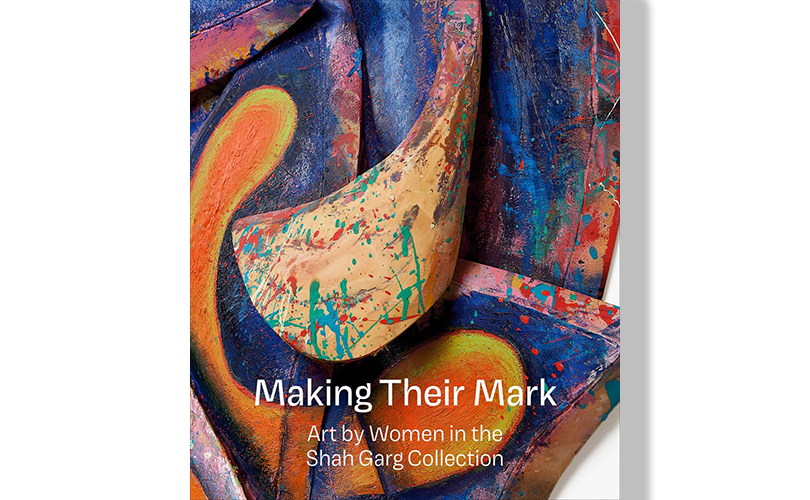
Another book that accompanies an exhibition is Making Their Mark: Art by Women Artists from the Shah Karg Collection (eds. Katy Siegel and Mark Godfrey, Gregory R.Miller & Co. 2023). This book explores the extensive collection of work by women artists compiled by Komal Shah and Gaurav Garg. There are essays, artists’ commentary, and more than 250 pages of plates of work by diverse group of artists that includes Jaune Quick-to-See Smith, Olga de Amaral, Kay Sekimachi, Rosemarie Trockel, Trude Guermonprez, Jennifer Bartlett, and Faith Ringgold.
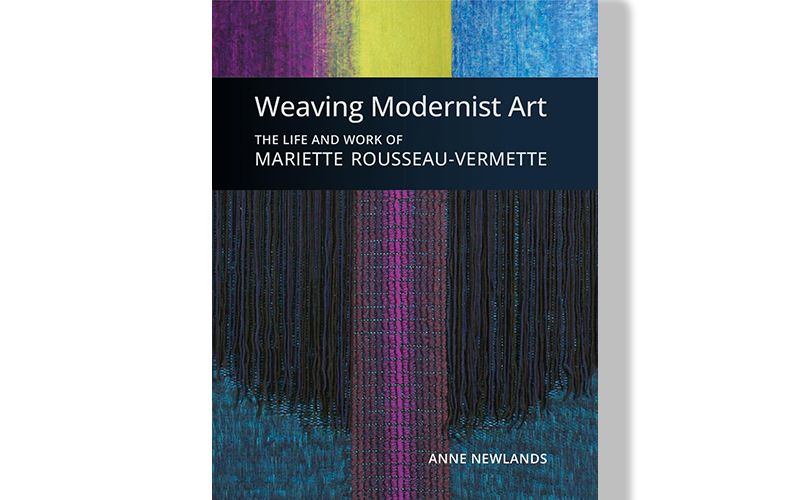
We are big fans of Weaving Modernist Art: The Life and Work of Mariette Rousseau-Vermette by Anne Newlands (Firefly Books, 2023), available on our website, and not just because you’ll find Tom Grotta’s photos in the book. Born into a large French-Canadian family in 1926, Mariette Rousseau embraced her passion for creative expression through wool and weaving at an early age. She studied art and weaving at l’École des beaux-arts in Quebec City and then worked at the California studio of ground-breaking American textile designer Dorothy Liebes. Back in Canada after an art-inspired trip to Europe, she and her husband, artist and ceramist Claude Vermette, joined the growing movement of young French-Canadian artists in their embrace of abstraction and new forms of art. The book covers her work in Canada and abroad, her collaborations with architects, involvement in the Lausanne Biennial of International Tapestry and leadership of the fiber program at the Banff Centre for Arts and Creativity.

Vogue Magazine called Helen Molesworth, “the Art World’s Most Beloved Provocateur.” The former curator of the Museum of Contemporary Art, Los Angeles (from which she was fired) she is also an art historian, a writer, a curator, a critic, and a podcaster. Her latest book, Open Questions: Thirty Years of Writing about Art (Phaidon 2023), includes 30 years’ of essays on artists as diverse as Ruth Asawa and Marcel Duchamp.
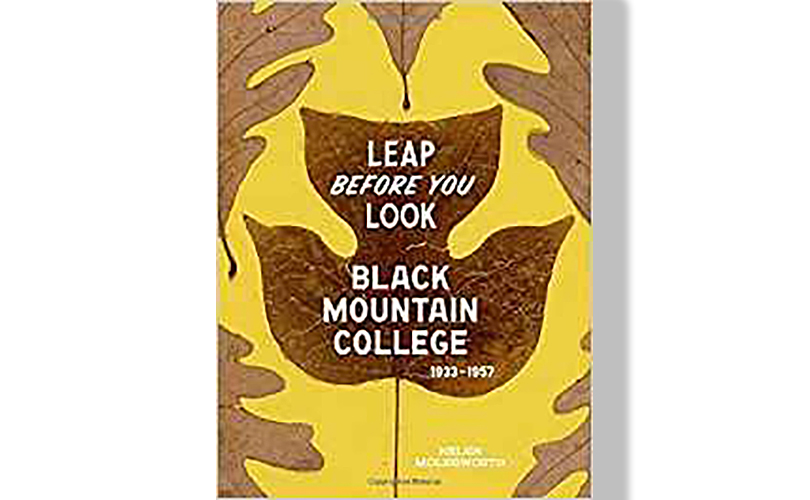
We’ve got a copy of Molesworth’s Leap Before You Look: Black Mountain College 1933–1957 (Institute of Contemporary Art, Boston, 2015) to crack. A major incubator of midcentury American art, Black Mountain College in North Carolina was founded in 1933, as an experiment in making artistic experience central to learning. In just 24 years, this pioneering school played a significant role in fostering avant-garde art, music, dance, and poetry. An astonishing number of important artists taught or studied there. Among the instructors were Josef and Anni Albers, John Cage, Merce Cunningham, Buckminster Fuller, Karen Karnes, M. C. Richards, and Willem de Kooning, and students included Ruth Asawa, Robert Rauschenberg, and Cy Twombly. The publisher says the book takes “a fresh approach” to convey the atmosphere of creativity and experimentation that was unique to Black Mountain, and served as an inspiration to so many.
We can’t wait … Happy Reading!
